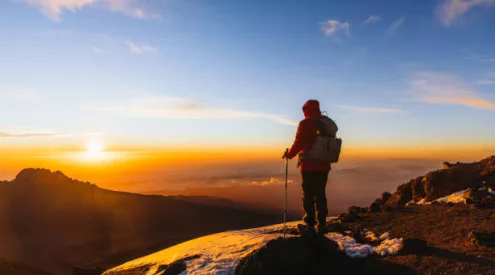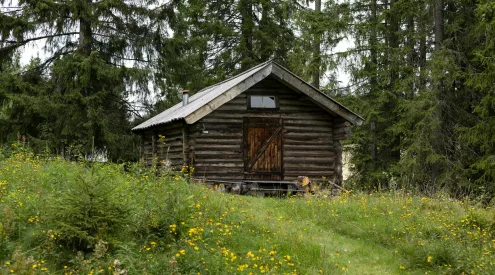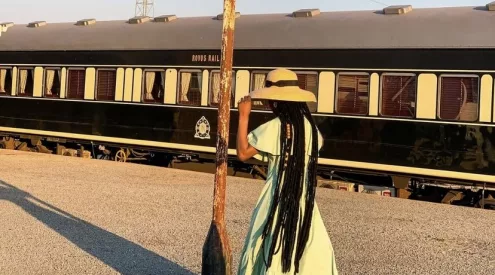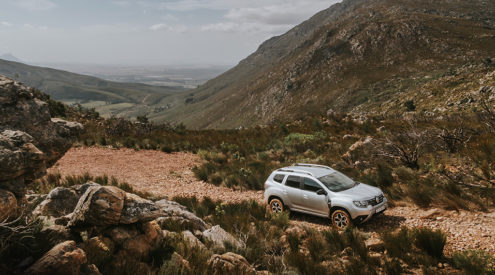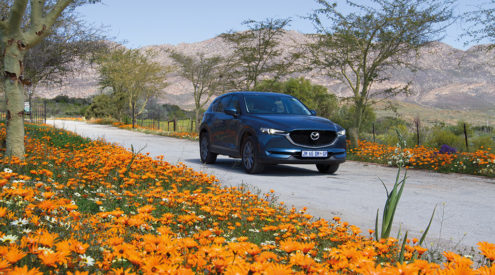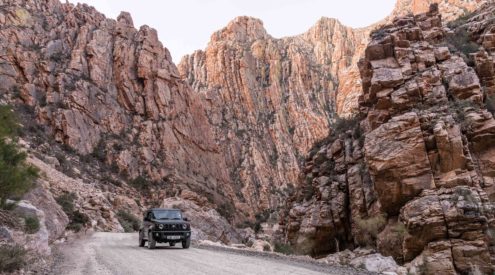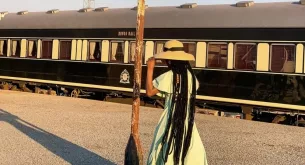The great thing about choosing an overland vehicle is that there are just so many options – from dinky Minis (like Sarah Duff and Lisa Johnston used in their #MalawiinaMini trip, to American-style campervans. If you’re planning an overland trip, you’ll need to consider how long you plan to be on the road for, where your trip will take you, and just how adventurous you want to be, to get it right.
When my husband and I decided to ‘up sticks’ and drive around Africa for just over a year, we knew we wanted the option of getting off the beaten track for a large portion of the trip, and we were ready to rough it. There was no way we could do the trip we wanted in anything other than a ‘proper’ 4×4, so in April 2011 we started shopping. For three weeks solid, we toured all over the country seeking out old Land Cruisers, Hiluxes and Land Rovers to test drive, trying to work out exactly how far the budget would stretch.
We eventually settled on a rugged, beautiful old (1994) 2.2l petrol Hilux with solid front axle, leaf springs, carburettor and no electronics. This particular model, my other half told me happily, is what gave Hiluxes their reputation for being unbreakable.
If you’re looking for an overland vehicle, here are some points to consider:
1. Petrol vs. diesel
We started off looking at the fuel consumption between different models of petrol and diesel 4x4s as this can make a big difference to the overall cost of a long overland trip. Some of the modern diesels have better fuel consumption off road than their petrol counterparts, but for ours, especially travelling at the low speeds that we do, the fuel consumption is surprisingly good. So far, we have been pleasantly surprised by how much easier it has to find petrol than diesel – when we hit fuel shortages in Malawi we only had to queue an hour or so for petrol, whereas people had been queuing for up to three days for diesel. Then, in Ethiopia, we found ourselves trying to start the car with 20 litres of diesel in the tank following a communication breakdown. We simply drained the tank, put some petrol in, and drove away. The other way round would have been a lot more difficult and expensive to sort out. You’ll need to work out which one is for you.
2. Ancient vs. modern
The vehicles we looked at seemed to fall squarely into one of two categories; newer, modern 4x4s with turbos, fuel injection, ABS and independent suspension, which seemed unlikely to break down but would be expensive to fix if they did; and much older, simpler ones which seemed a lot more likely to break down, but which could probably be fixed up with some Pratley Steel and duct tape if they did. This really comes down to budget and luck – do you want to spend more money now, or later?
3. Kitted or not
If you’re buying a secondhand vehicle, consider looking out for one which comes with lots of kit from previous trips, such as a roof tent, dual battery systems, long range tanks, upgraded suspension etc. These extras can add up to a huge amount if bought separately.
4. Single cab vs. double cab vs. estate
There are a lot of layout options. We went with a double cab bakkie with a separate canopy because we wanted to be able to have friends join us on the trip, and we wanted to have a separate lockable section of the vehicle where we could lock away our belongings. It does mean we’ve had to get out in the pouring rain a number of times to get stuff out of the back. Our layout also doesn’t allow us the option of sleeping inside the vehicle, as the canopy section is too short. This isn’t really a problem when camping in proper campsites, but if you are planning on free camping you may feel safer having the option of sleeping inside your vehicle.
Once you’ve chosen your vehicle, the next step is kitting it out and customising it to suit you. Unless you are lucky enough to have found a vehicle already kitted out, this can cost a huge amount. For some tips on how kit your 4×4 out on a budget, stay tuned for my next post.
Getaway Adventures offers a range of overlanding packages in Africa – click here to find your next overland adventure

